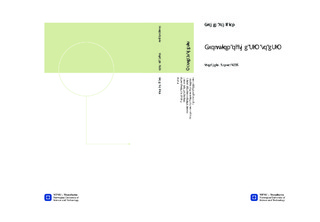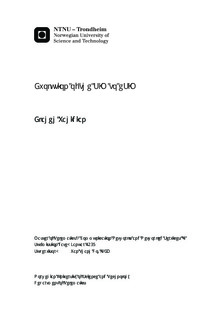| dc.description.abstract | Abstract Every GSM (Global System for Mobile Communications) phone, also called 2G mobile phone and every UMTS (Universal Mobile Telecommunications System) phone, aka 3G mobile phone requires a smart card to connect and function in the mobile network. This smart card is called SIM, which stands for Subscriber Identity Module. In fact, this module contains the International Mobile Subscriber Identity (IMSI) and credentials that are necessary for the identification and authentication of the subscriber. Without the SIM the user will not be allowed to connect to the mobile network and hence not able to make or receive phone calls. As a smart card the SIM is a tampered resistant microprocessor card with its own operating system, storage and built-in security features that prevent unauthorized individual to access, retrieve, copy or modify the subscriber IMSI and credentials. Abuses of subscriber’s account and fraudulent accesses to the mobile network can hence be avoided. Furthermore, as a removable and autonomous module the SIM introduces great flexibility since the user can easily move the SIM to other mobile phones or replace a SIM with another one. So far, the smart card and its content, the SIM are bound together and called SIM. With the advances in wireless and storage technology, new demands have arisen. Because of cumbersome task of opening machines and installing the removable SIM, the M2M applications are designed with pre-installed SIM application. The M2M applications based on the cellular networks with the ability of installing the user subscription have advantages and disadvantages for a certain stakeholder. This master’s thesis provides the multiple alternative solutions to this installation and also describe the SIM evolutions i.e. eUICC and soft SIM to give a comprehensive view of the SIM’s situation. The thesis also presents the security assessment of these evolutions which are different with the current removable SIM. | nb_NO |

